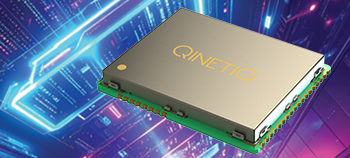The culture and approach to how cyber security is being addressed in organisations needs to change. Cyber security is often viewed in a silo, or added in retrospectively and not part of the organisations standard delivery processes. This does not give organisations the best chance to keep their business operations secure.
At QinetiQ, we are helping organisations to advance their digital resilience towards a business systems level view, integrating cyber security into standard delivery processes, enabling a context aware security culture to become secure by design.
A central concept of Secure by Design is that security risk management needs to be embedded throughout the whole lifecycle of system development from inception to design, implementation and service. Our Secure by Design approach will lead to the delivery of more secure business operations through better integration, simplified and consistent processes, clearer guidance, more flexibility and empowered decision making.
Resilience engagement model
We use a standard engagement model, which has proven successful across a number of projects and clients in both Government and industry. The security engagement model is illustrated in the figure below.




